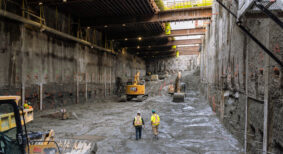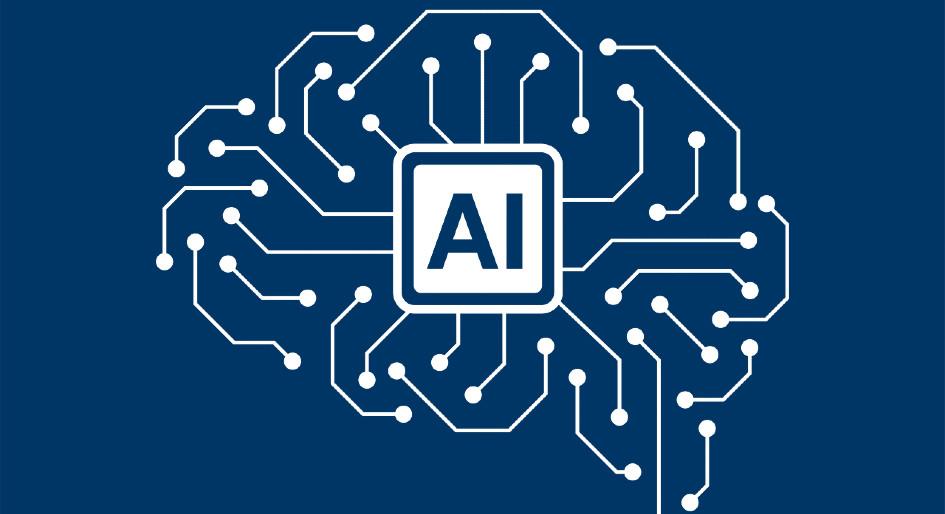The construction industry is facing a daunting challenge: a significant shortage of skilled labour. To say that the construction industry has a labour “gap” is an understatement. It’s more akin to a swiftly expanding chasm. Increases in trade school enrollment, training, and recruitment won’t suffice. What’s needed is transformational change across every aspect of how the industry operates.
The labour shortage is a core component of ongoing construction productivity and growth stagnation. Reversing this productivity decline requires rapid advancements in process innovation, digitization, and automation.
Technology has long been touted as the key to unlocking productivity and growth in construction, as it has done in virtually every other major global industry. Digital transformation promises to increase productivity by 15 per cent, while real-time data utilization can make construction work 50 per cent more efficient. Despite significant investment in construction technology over the past decade, progress in solving labour and productivity problems has been limited.
The industry is inundated with platforms and point solutions to address these issues, yet we’re still only scratching the surface of the data potential and have not significantly improved productivity. We’ve largely shoehorned technology into traditional processes instead of leveraging it to rebuild those processes from the ground up.
Enter artificial intelligence (AI) as the game-changer. AI has the potential to cut through the noise of construction technology and the data it generates. By collecting vast datasets, identifying meaningful connections and insights, and deploying this intelligence to improve processes, AI can automate redundant tasks, streamline project planning, and de-risk project controls.
Where will we find the workers we need? Gen Z, dubbed “the toolbelt generation,” is entering trade schools and apprenticeships in unprecedented numbers. They are the first digitally native generation, already fluent in technology like ChatGPT. As they join the construction workforce, digitization and technology can attract them to the field, leveraging their tech fluency to drive the industry’s transformation.
However, technology alone won’t suffice unless it’s broadly deployed across the construction process and adopted by stakeholders across the value chain. Before delving into how AI can help, it’s crucial to acknowledge that the goal must be to address pain points and process inefficiencies, not merely install new IT solutions. We’ve identified several client use cases with significant potential to impact the labour shortage:
- AI-enhanced computational design can minimize human error and rework. By leveraging AI to identify conflicts and potential issues in real time, construction teams can save time and labour while ensuring greater accuracy and faster project completion.
- Automation goes beyond direct labour savings to provide nuanced, impactful uses of generative AI. By automating repetitive tasks and reducing human error, AI-driven automation accelerates preconstruction, improves project productivity, and keeps projects on budget. AI can help do it right the first time by overcoming the lack of data and poor communication, contributing to 52 per cent of global construction rework.
- AI-driven scheduling optimizes project timelines, ensuring efficient resource allocation and accurate schedule maintenance in real time. By managing project controls and providing data-driven insights, AI enhances decision-making and profitability.
And, so you ask, will AI take construction jobs?
While robots and “cobots” can replace and/or enhance workers’ performance in the field, and technology will undoubtedly be at the heart of how we solve the labour shortage, the future rests squarely on humans’ shoulders, their experience and intelligence, and their ability to use AI as a tool.
AI will augment human experience and supercharge the performance of individuals and teams. It will help us connect the dots in our data, and in doing so, it will help us communicate better, make rework a problem of the past, and force us to reconsider how we use labour to begin with. Those who already use AI can deliver better projects faster and more profitably, giving innovators a rapidly accelerating competitive edge. As Harvard Business School’s Karim R. Lakhani aptly puts it, “AI won’t replace humans, but humans with AI will replace those without.”
Trevor Schick is CEO of Slate Technologies, a leading provider in construction management software.









